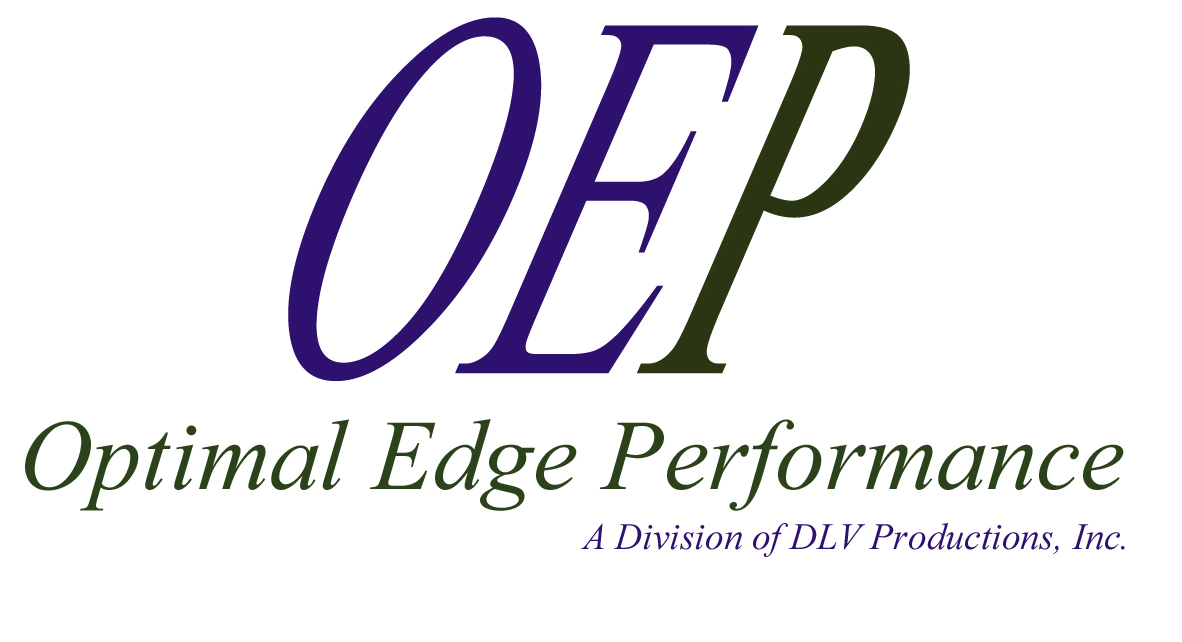Elaine works for an international investment firm. She is only 2 degrees from the CEO of the company, a brilliant, engaging leader who always keeps her cool no matter the circumstance. The recently hired COO who is Elaine’s direct supervisor is a bit more volatile. When stress levels rise, as they often do, he impulsively yells and becomes angry with his direct reports. Elaine’s team has told her how grateful they are she is their buffer or they would surely be working somewhere else by now.
Sharing positive emotions like gratitude, enthusiasm, positivity and compassion at the office have been shown to increase engagement and loyalty to leaders and companies. From a neurological perspective, research by Dr. Richard Davidson, a neuroscientist at the University of Wisconsin-Madison has shown a correlation between positive emotions and an increase in motivation and well being. When someone feels appreciated and included they are happier and more motivated to put in the extra effort.
On the other hand negative emotions have been shown to light up the amygdala, the area of the brain that controls the initiation of the fight or flight response. When this reaction is triggered regularly it has a direct impact on the elevation of fear and anxiety.
The two most prevalent negative emotions are anger and stress. Often the former is set off by a build up of the latter. The high cost of not dealing with those stressors is obvious to all concerned. Once this match is lit, how can it be extinguished prior to regrettable actions?
The next time you are angry go into your office and implement these steps before reacting. Start with an awareness of where you are and write down the answers to these 7 points:
1. Identify your anger, what is it really? Frustration? Irritation? Impatience? Disappointment?
2. Give its intensity a rating on a scale of 1-10. 1 being a mild irritation and 10 means you want to throw a chair through the window.
3. What stressors precipitated the anger? What was the “Straw that broke the camel’s back”?
4. How could you have anticipated the “straw”?
5. Given where you are right now, what are your choices for your reaction?
6. What are the benefits and consequences of each reaction?
7. What is the most effective use of the action you take?
When you have moved forward, no longer with anger, look back on this emotional debrief. How can you use this knowledge in the future? Keep each list from these exercises you complete over time; there may be a pattern of escalation and you may see the most effective way to defuse it ahead of time.
It never understood why we only prepare for our reaction to events instead of learning to prevent the reaction in the first place. All of our work at Optimal Edge Performance is about self-awareness and developing the most effective methods to avoid bringing the “emotional camel” into the picture. All of the recent research on increasing Heart Rate Variability to increase emotional well being echoes the critical importance of prevention.
Impulsively displaying emotions can be damaging to the team harmony you work so hard to cultivate.

Recent Comments